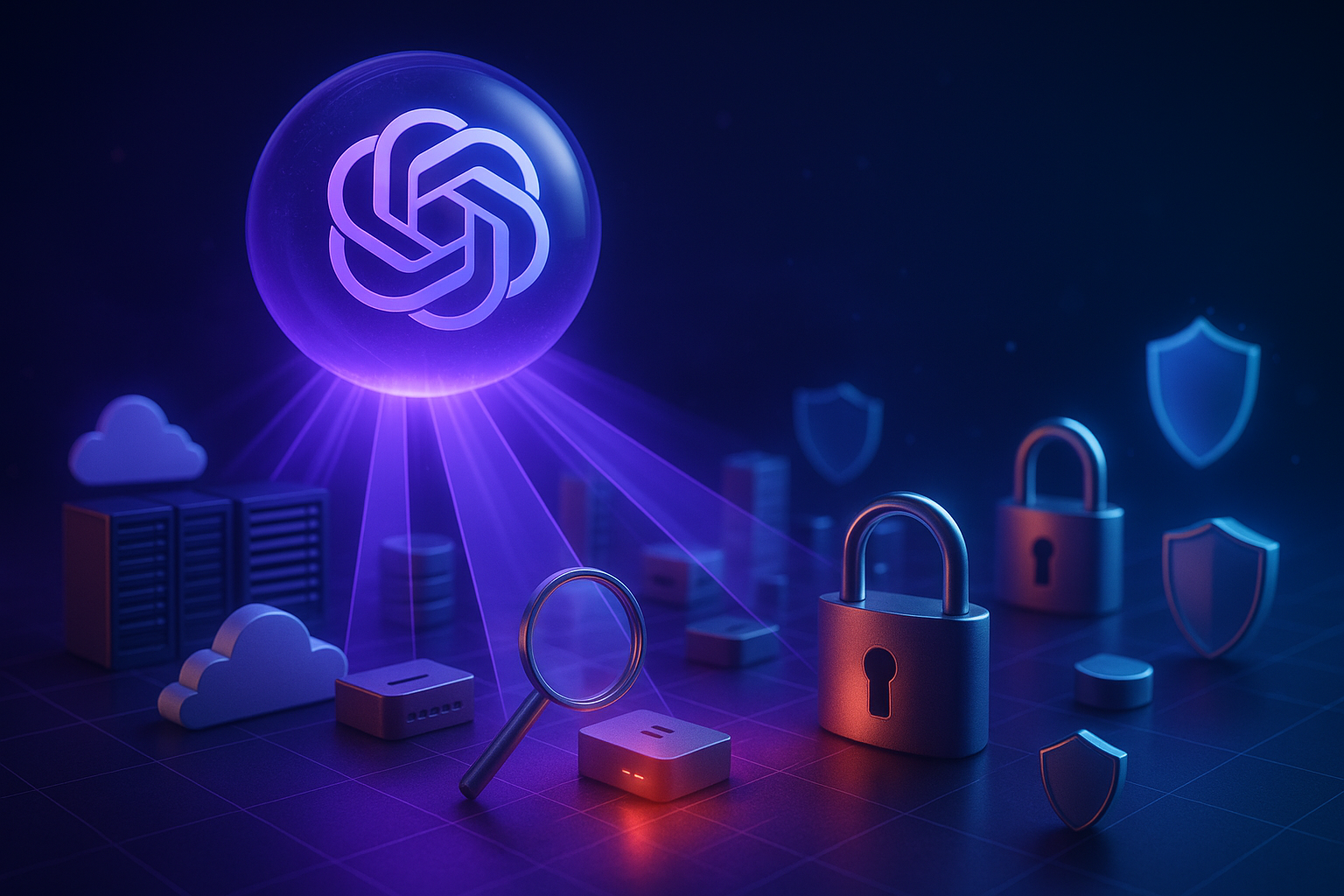We asked ChatGPT about EASM (External Attack Surface Management), here’s how it framed the idea and why it matters - in plain language.
What is EASM?
EASM is the practice of continuously discovering and monitoring all the internet-facing assets your organisation has – whether you know about them or not. Every domain, subdomain, exposed API, forgotten dev server, or misconfigured cloud bucket is part of your attack surface. If it’s visible to the public internet, it’s visible to attackers.
Why does EASM matter?
Attackers don’t always go through the front door with phishing and malware.
They also look for the overlooked side windows:
- Old websites that nobody maintains
- Test environments accidentally left online
- Shadow IT spinning up new cloud instances
- Leaked or expired certificates and credentials
Because cloud services and SaaS expand so quickly, your attack surfaceis always changing. Traditional security tools that assume a fixed perimeter can’t keep up.
How it works
ChatGPT broke EASM into four big activities:
- Discovery – Mapping DNS records, IP ranges, cloud footprints, SSL certificates.
- Classification – Tagging assets by type, owner, or risk profile.
- Prioritisation – Ranking exposures by likelihood of exploitation.
- Continuous monitoring – Running 24/7 like a radar, not a once-a-year audit.
Who ChatGPT thinks offers it?
A number of players are in this space according to ChatGPT:
- Microsoft (Defender EASM)
- Palo Alto Networks (Expanse/Cortex)
- CrowdStrike
- Randori (IBM)
- Cycognito
And - our own product Glasstrail, belongs in this list too. Glasstrail gives organisations in New Zealand and beyond the same ability to see themselves as attackers do, but with the added benefits of local expertise, fast deployment, and critically the pricing that fits mid-market budgets.
Where EASM fits in the bigger picture
EASM complements your vulnerability management or SIEM:
- Most vulnerability management tells you what’s wrong inside on the hardware and servers you use. EASM tells you what is wrong and visible from the outside
- Threat intelligence tells you what adversaries are up to
- EASM shows you the shifting map of what you’ve got exposed to the world
Together with your other tools, EASM gives you a much more complete picture of your security posture.
Final thought
What’s interesting is that when we asked ChatGPT about EASM, it immediately reached for the same concepts we see in the field every day: constant change, forgotten assets, and the need for ongoing visibility.
It did miss out on a few areas of the external attack surface we consider important like email security, but in general it understands the importance of EASM.
For us, that reinforces why we built Glasstrail - to make external attack surface management accessible and actionable for organisations who can’tafford to wait for annual audits or rely on expensive global vendors who don’t understand local context.
Sign up for a FREE TRIAL or BOOK A DEMO today!






